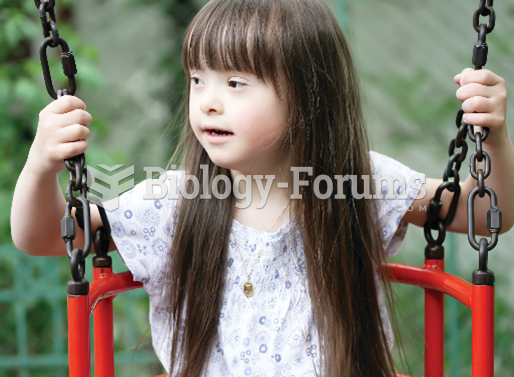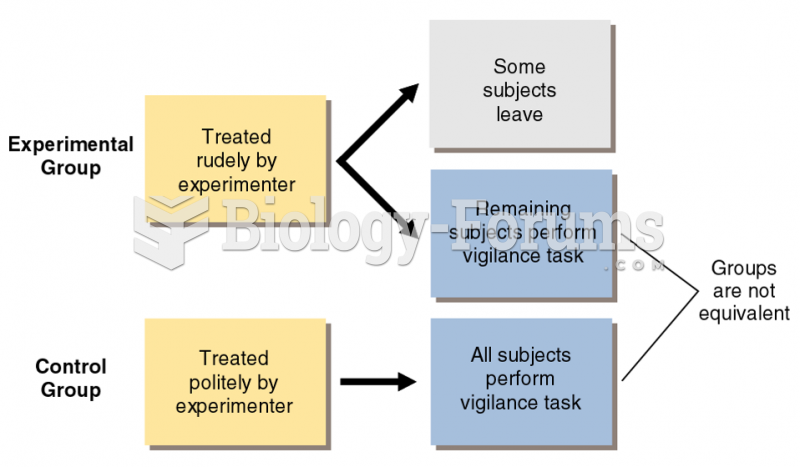Answer to Question 1
Answer: Rapid gains in emotional self-regulation occur in middle childhood. By age 10, most children shift adaptively between two general strategies for managing emotion. In problem-centered coping, children appraise the situation as changeable, identify the difficulty, and decide what to do about it. If problem solving does not work, they engage in emotion-centered coping, which is internal, private, and aimed at controlling distress when little can be done about an outcome. For example, when faced with an anxiety-provoking test or an angry friend, older school-age children view problem solving and seeking social support as the best strategies. But when outcomes are beyond their controlfor example, after receiving a bad gradethey opt for distraction or try to redefine the situation: Things could be worse. Therell be another test. School-age childrens improved ability to appraise situations and reflect on thoughts and feelings means that, compared with preschoolers, they more often use these internal strategies to manage emotion.
Answer to Question 2
Answer: Cultural forces profoundly affect self-esteem. An especially strong emphasis on social comparison in school may explain why Chinese and Japanese children, despite their higher academic achievement, score lower than U.S. children in self-esteema difference that widens with age. At the same time, because their cultures value social harmony, Asian children tend to be reserved in positive self-judgments but generous in praise of others. Gender-stereotyped expectations also affect self-esteem. By the end of middle childhood, girls feel less confident than boys about their physical appearance and athletic abilities. With respect to academic self-esteem, boys, again, are somewhat advantaged: Whereas girls score higher in language arts self-esteem, boys have higher math and science self-esteemeven when children of equal skill levels are compared. At the same time, girls exceed boys in self-esteem dimensions of close friendship and social acceptance. Compared with their European-American agemates, African-American children tend to have slightly higher self-esteem, possibly because of warm extended families and a stronger sense of ethnic pride. Finally, children and adolescents who attend schools or live in neighborhoods where their SES and ethnic groups are well-represented feel a stronger sense of belonging and have fewer self-esteem problems.







